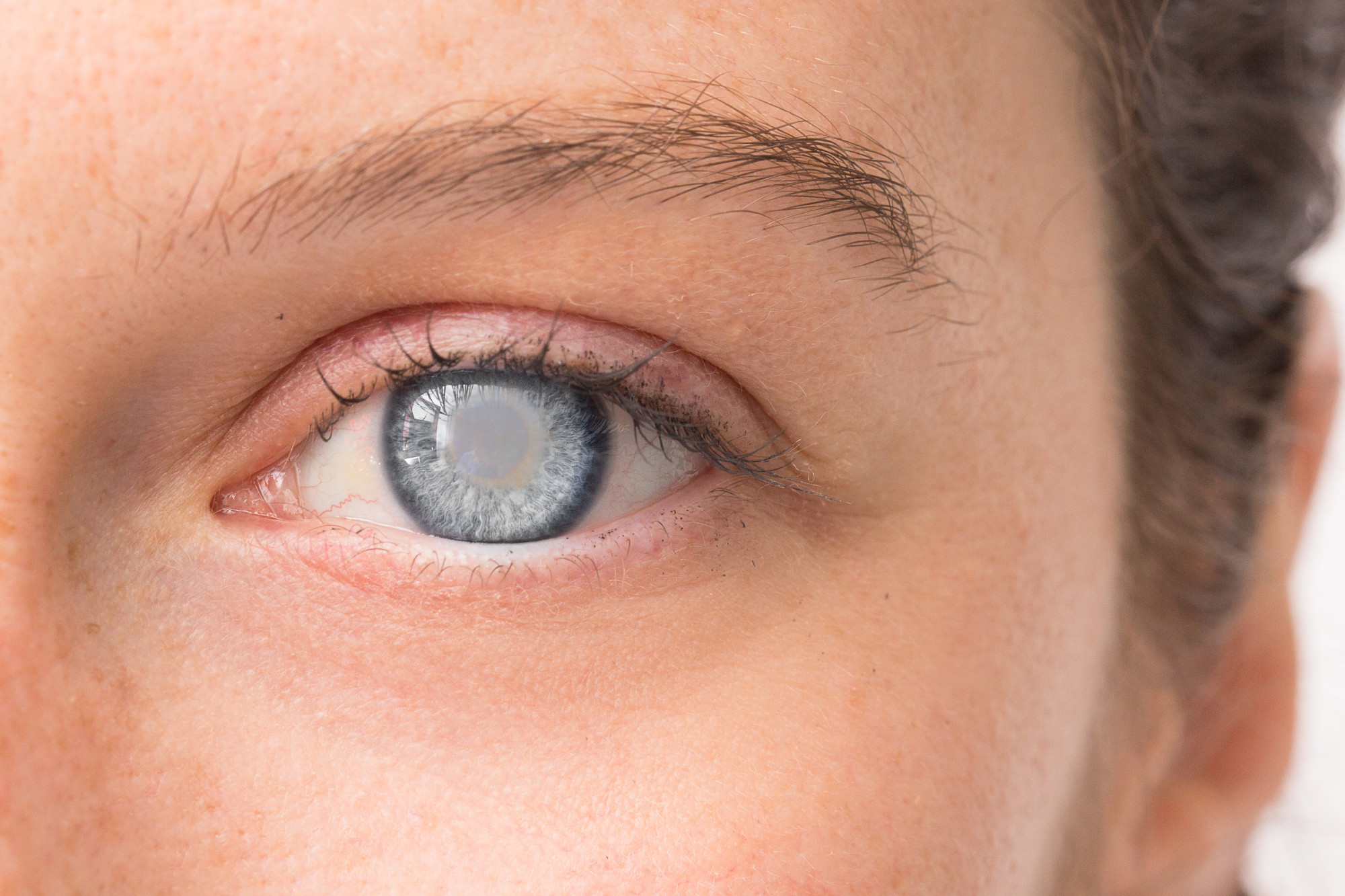What Causes A Cataract To Form
Are you having trouble with your vision lately? Do you find yourself squinting at street signs and struggling to read fine print? Well, don't worry too much - you might just be experiencing cataracts!
The Science of Cataracts
Cataracts occur when the natural lens in your eye becomes clouded, causing blurry vision, glare sensitivity, and difficulty seeing at night. They are most commonly found in older adults, though they can occur at any age.

Many factors can contribute to the development of cataracts, including:
- Age
- Diabetes
- Smoking
- Excessive drinking
- Exposure to UV light
The Three Types of Cataracts
Did you know that there are three different types of cataracts? Each one has its unique characteristics and may require a different treatment approach.

Nuclear Sclerosis Cataracts
This type of cataract occurs deep in the center of the lens, known as the nucleus. As the cataract develops, the nucleus becomes harder and more yellow, causing a gradual decrease in vision. This is the most common type of cataract.
Cortical Cataracts
Cortical cataracts develop on the outer edges of the lens and progress inward towards the nucleus. They often appear as white, wedge-shaped opacities and can cause glare and distorted vision.
Posterior Subcapsular Cataracts
This type of cataract forms at the back of the lens, directly under the capsule. It often develops rapidly and can cause a sudden decrease in vision.
Treating Cataracts
If cataracts are impeding your daily activities, your optometrist may recommend surgery to remove them. During this procedure, your natural lens is removed and replaced with an artificial lens. This can significantly improve your vision and quality of life.
But before you book your surgery, it's important to consider all your options. There are several lifestyle changes that can help slow or prevent the development of cataracts, such as:
- Eating a balanced diet rich in antioxidants and nutrients
- Wearing sunglasses and a hat to protect your eyes from UV radiation
- Scheduling regular eye exams
- Quitting smoking and reducing alcohol intake
Conclusion
Remember, cataracts are a common condition that can be managed with proper care and attention. By understanding the types of cataracts and making healthy lifestyle choices, you can significantly reduce your risk and maintain healthy vision for years to come. So, take care of those peepers - they're your window to the world!